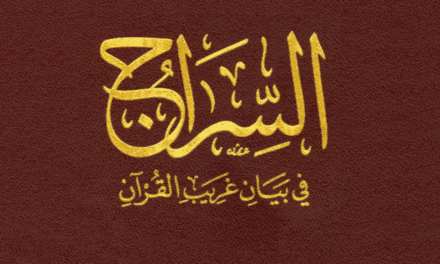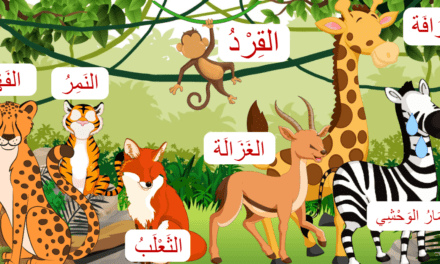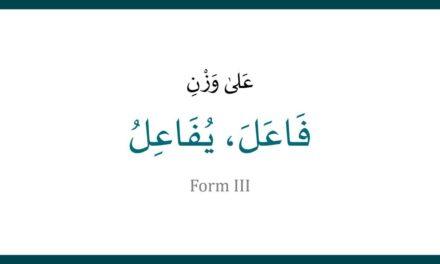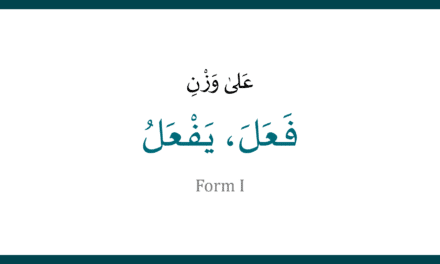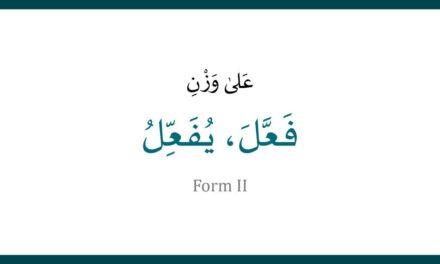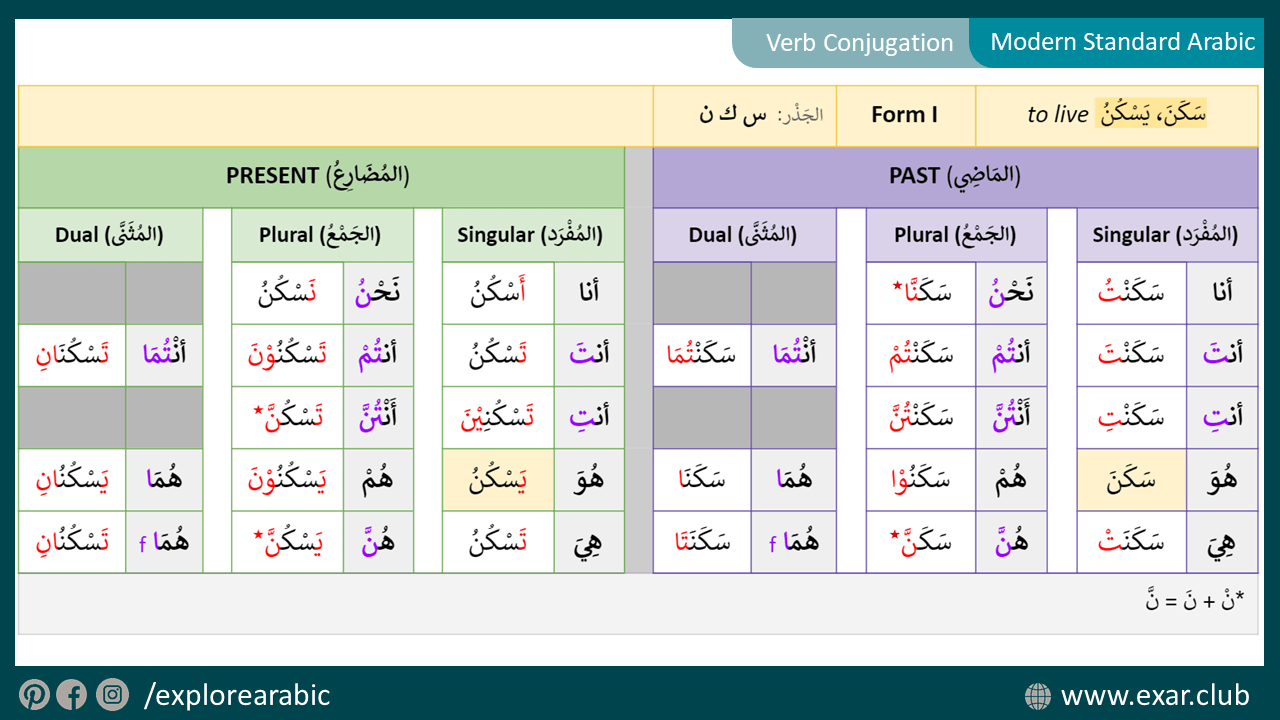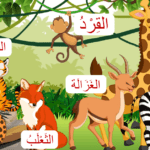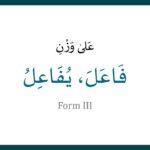Structure
The long vowel Alif (ا) with the sukoon is attached to the first root letter (it becomes a long vowel waw وْ in the passive past tense)
(It’s like Form II in that the additional letter has a sukoon on it and follows the same vowel pattern)
فَعَلَ
⇩
فَاْعَلَ
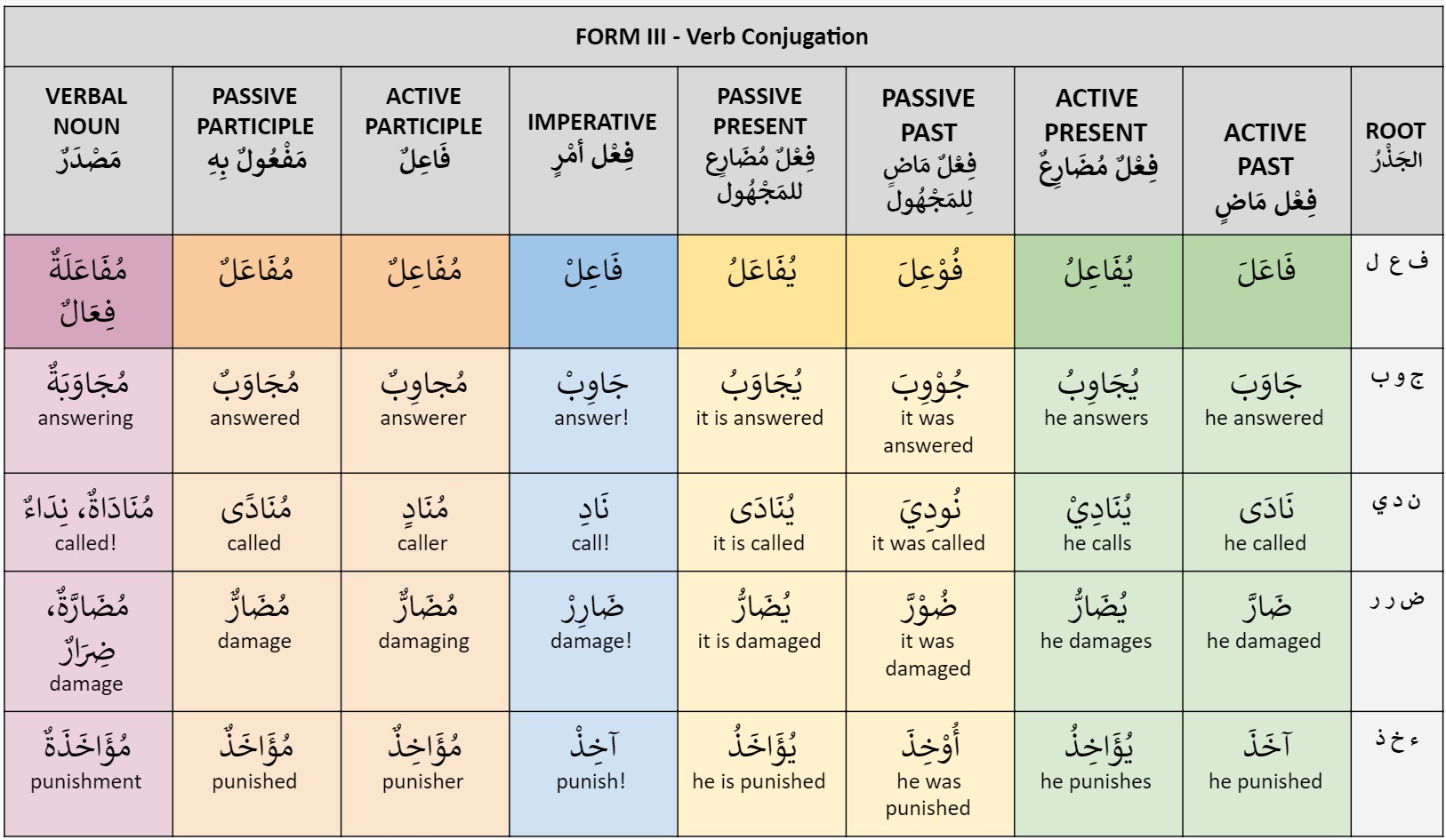
Meaning & Function:
*Form III is usually transitive but is occasionally intransitive.
- It may imply mutuality or reciprocity of action – the action is shared with the object
he wrote كَتَبَ ⟶ he corresponded with كَاتَبَ
he stood up قَامَ ⟶ he stood up (to something) قَاوَمَ
he sat جَلَسَ ⟶ he sat with s.o. جَالَسَ
he worked عَمَلَ ⟶ he dealt with s.o. عَامَلَ
- It may indicate something is being ‘attempted’
he killed قَتَلَ ⟶ he fought قَاتَلَ
he raced سَبَقَ ⟶ he competed سَابَقَ
he defeated غَلَبَ ⟶ he tried to defeat غَالَبَ

